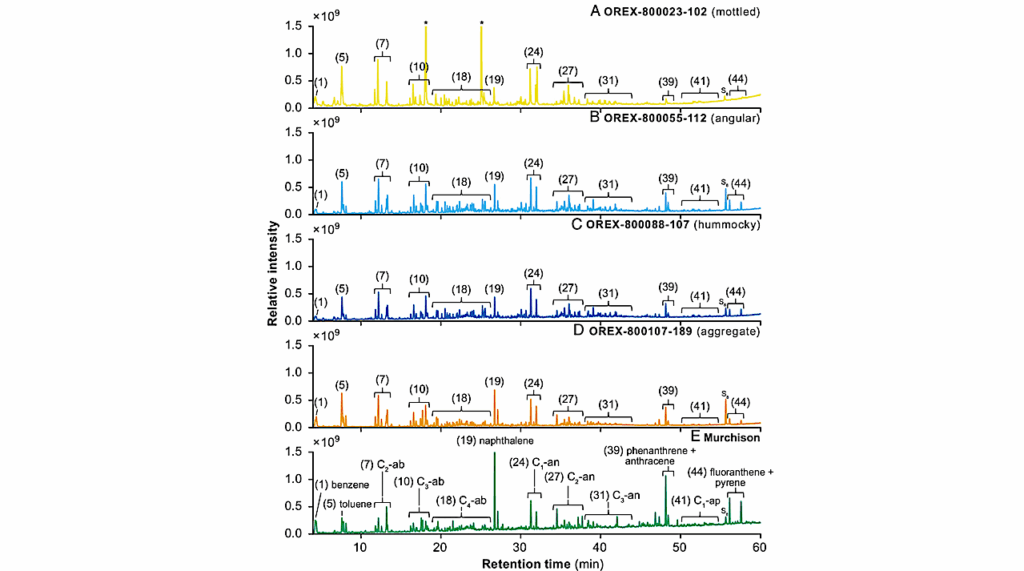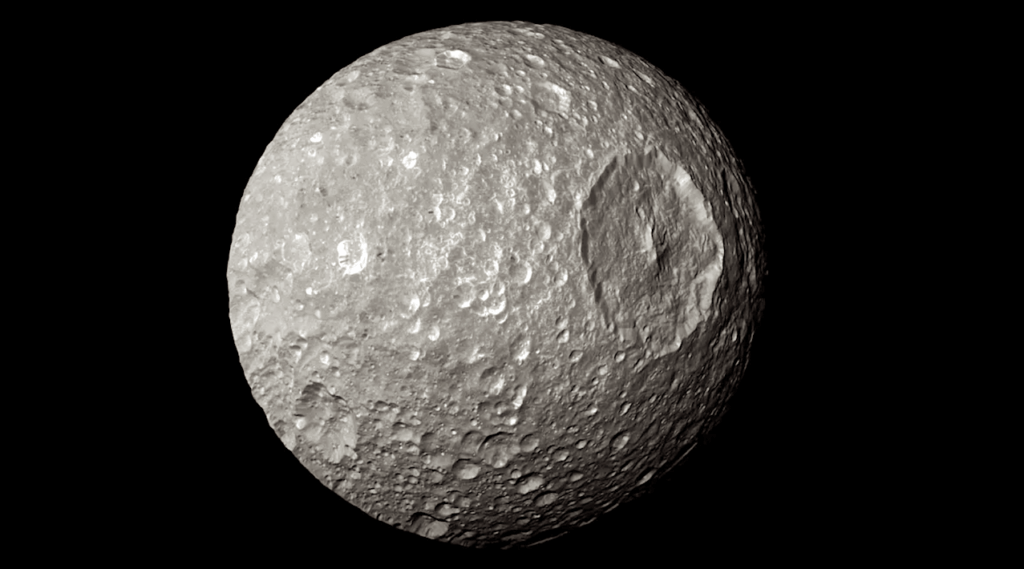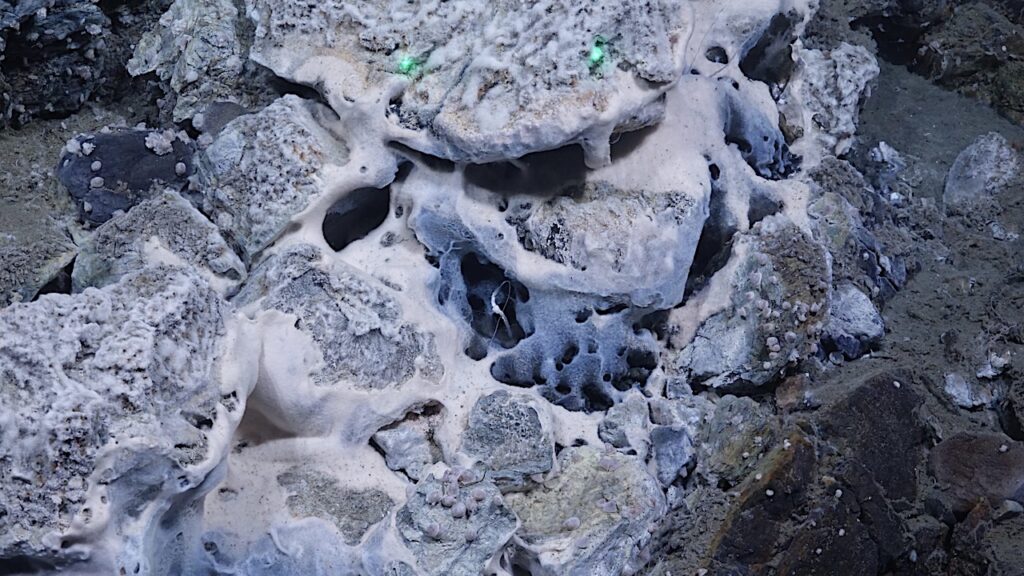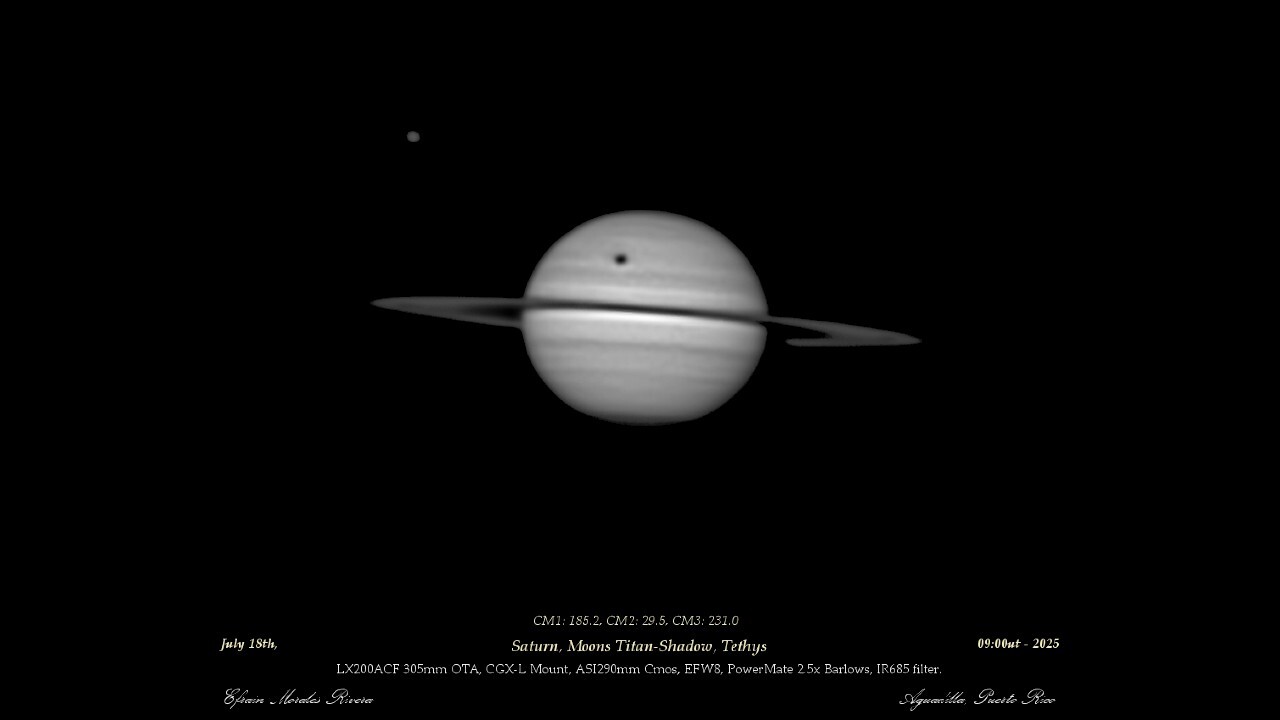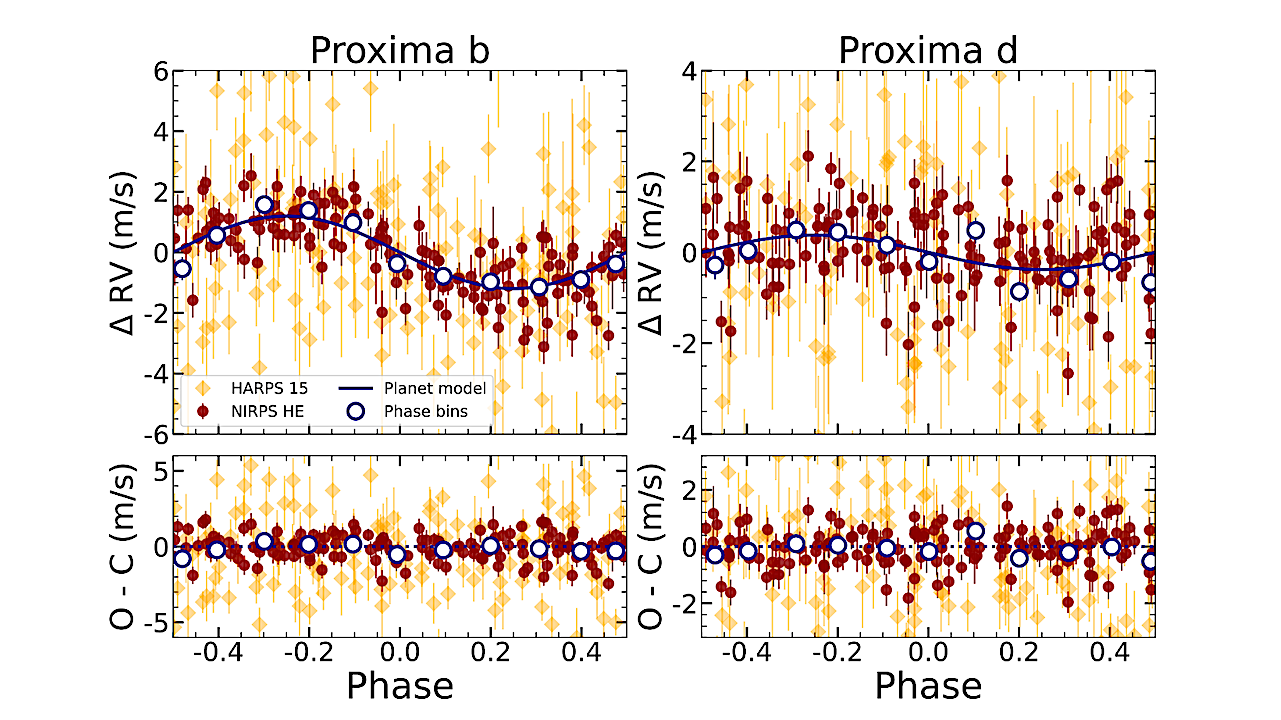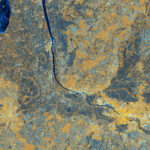Now Reading: Effects of Ultraviolet Radiation on Sub-Neptune Exoplanet Hazes Through Laboratory Experiments
-
01
Effects of Ultraviolet Radiation on Sub-Neptune Exoplanet Hazes Through Laboratory Experiments
Effects of Ultraviolet Radiation on Sub-Neptune Exoplanet Hazes Through Laboratory Experiments
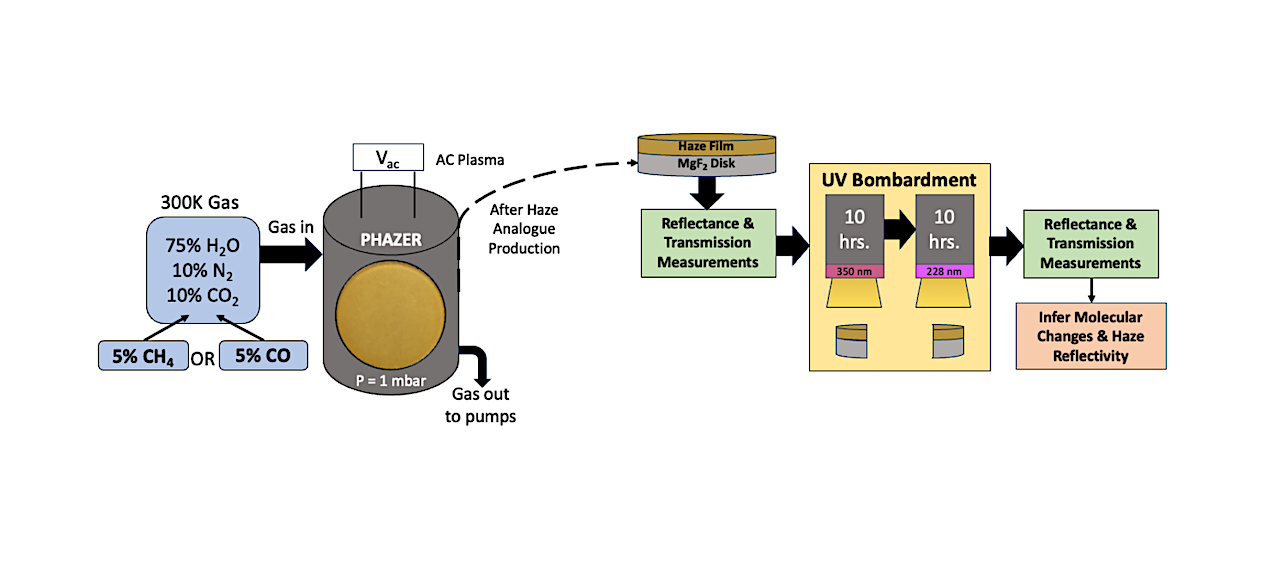

Streamlined schematic of the experimental setup, simulated atmospheric compositions and conditions, UV bombardment process, measurements, and experimental outcomes. Two laboratory hazes were produced (the initial conditions varying only in the minor carbon source) in the PHAZER chamber (He et al. 2017) by exposing the gas mixture at room temperature to an AC plasma source. After the hazes were produced, each half of the films were exposed to UV radiation under two different filters. The transmittance and reflectance spectra pre– and post–UV irradiation of both samples were measured using a FTIR spectrometer to quantify molecular changes and destruction during the irradiation process. — astro-ph.EP
Temperate sub-Neptune exoplanets could contain large inventories of water in various phases, such as water-worlds with water-rich atmospheres or even oceans.
Both space-based and ground-based observations have shown that many exoplanets likely also contain photochemically-generated hazes. Haze particles are a key source of organic matter and may impact the evolution or origin of life.
In addition, haze layers could provide a mechanism for lower-atmospheric shielding and ultimately atmospheric retention. Often orbiting close to M-dwarf stars, these planets receive large amounts of radiation, especially during flaring events, which may strip away their atmospheres.
M-dwarf stars are known to have higher stellar activity than other types of stars, and stellar flares have the potential to accelerate atmospheric escape. In this work, we present results on laboratory investigations of UV radiation effects simulating two different stellar flare energies on laboratory-produced exoplanet hazes made under conditions analogous to water-world atmospheres.
We find that both simulated flares altered the overall transmittance and reflectance of the hazes, and higher energy “flares” make those alterations more pronounced. On a larger scale, these laboratory-made hazes show potential signs of degradation over the simulated flaring period. Our results provide insight into the effects that stellar flaring events have on potential exoplanet haze composition and the ability for water-world-like exoplanets to retain their atmospheres.
Lori Huseby, Sarah E. Moran, Neil Pearson, Tiffany Kataria, Chao He, Cara Pesciotta, Sarah M. Hörst, Pierre Haenecour, Travis Barman, Vishnu Reddy, Nikole K. Lewis, Véronique Vuitton
Comments: 19 pages, 11 figures, Accepted for publication in PSJ
Subjects: Earth and Planetary Astrophysics (astro-ph.EP); Instrumentation and Methods for Astrophysics (astro-ph.IM)
Cite as: arXiv:2505.13692 [astro-ph.EP] (or arXiv:2505.13692v1 [astro-ph.EP] for this version)
https://doi.org/10.48550/arXiv.2505.13692
Focus to learn more
Submission history
From: Lori Huseby
[v1] Mon, 19 May 2025 19:51:01 UTC (6,941 KB)
https://arxiv.org/abs/2505.13692
Astrobiology,
Stay Informed With the Latest & Most Important News
Previous Post
Next Post
-
 012024 in Review: Highlights from NASA in Silicon Valley
012024 in Review: Highlights from NASA in Silicon Valley -
 02Panasonic Leica Summilux DG 15mm f/1.7 ASPH review
02Panasonic Leica Summilux DG 15mm f/1.7 ASPH review -
 03How New NASA, India Earth Satellite NISAR Will See Earth
03How New NASA, India Earth Satellite NISAR Will See Earth -
 04And Thus Begins A New Year For Life On Earth
04And Thus Begins A New Year For Life On Earth -
 05Astronomy Activation Ambassadors: A New Era
05Astronomy Activation Ambassadors: A New Era -
06SpaceX launch surge helps set new global launch record in 2024
-
 07Space Force plans new ‘Futures Command’ amid pressure to speed up modernization
07Space Force plans new ‘Futures Command’ amid pressure to speed up modernization












